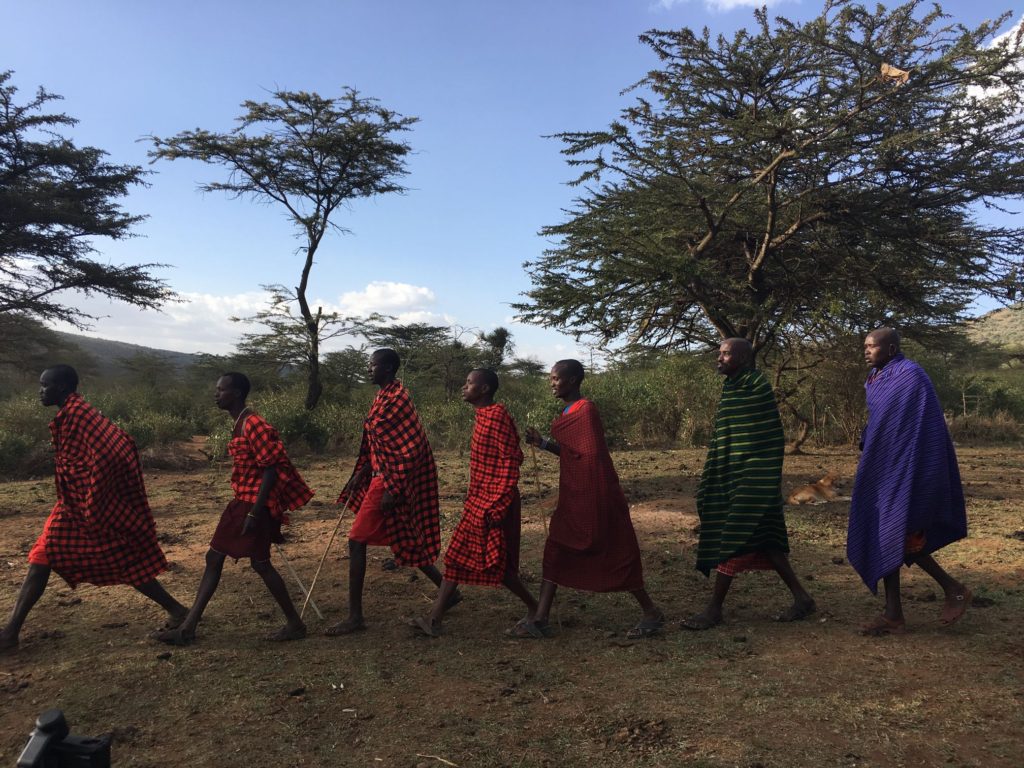
The Maasai people are an ethnic group in East Africa that live in Kenya and Tanzania. These tribes can be very different depending where you visit. They divide into twelve sectors, each one of them with different customs, appearance, leadership and dialects.
Many tribes welcome visitors to their villages for a small fee. In my case I paid USD 10 to visit one of the villages in Maasai Mara and I can tell you it was one of the most fascinating things in the whole trip to Africa.
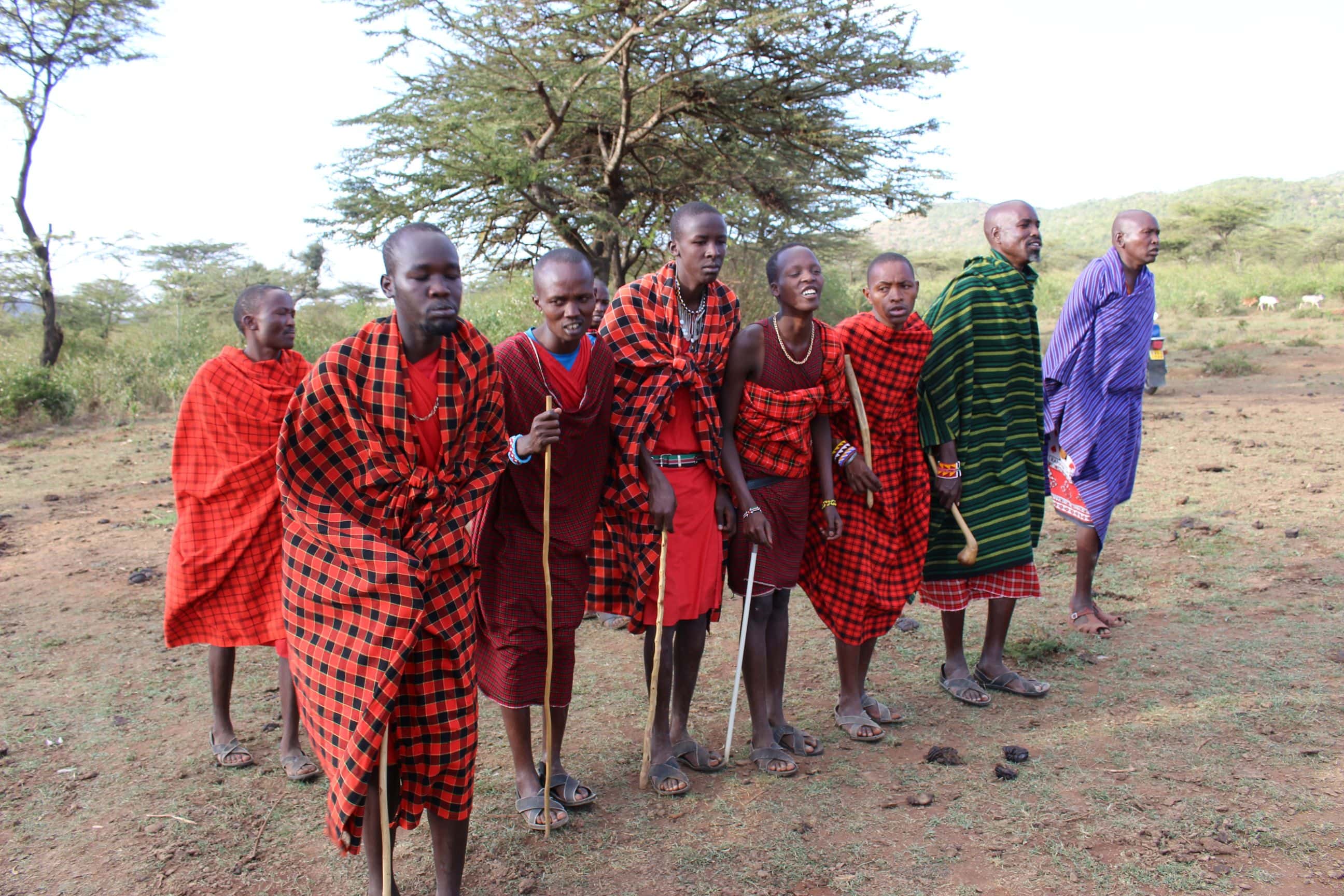
We were welcomed by the tribe chief and group of the older men at the entrance of the village. Most tribes speak mainly the Ma language and Swahili. But, this group spoke English very well because they are the ones that usually take the visitors around and explain the tribe traditions.
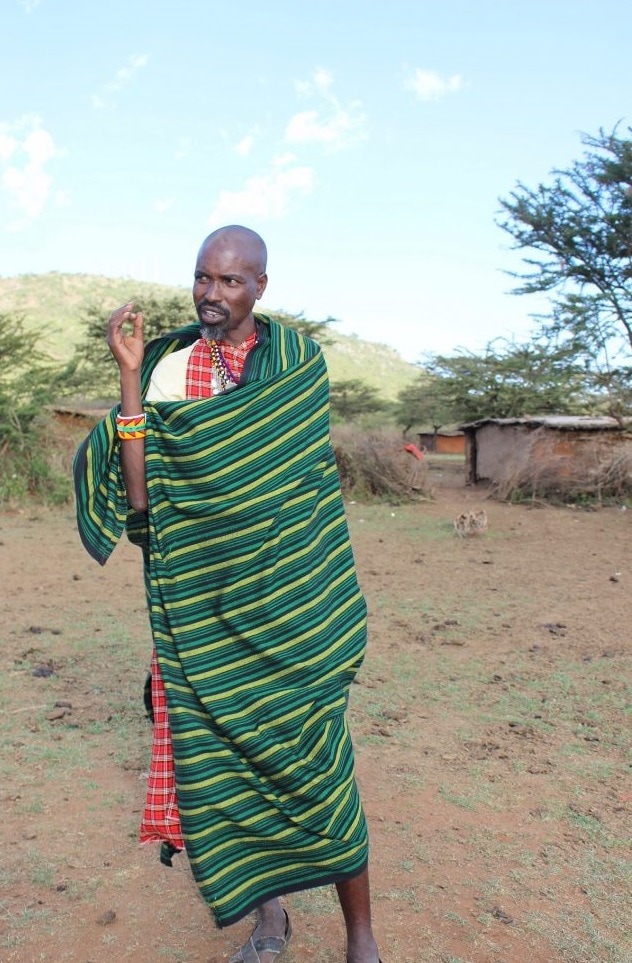
Nothing could ever prepare me for what I was about to see. A complete culture shock.
Just as we started our visit I was immediately touched by this little nine month old baby. From the minute I have seen him until now I still think about it. With flies all over his face he wouldn’t even blink as he was so used to it. He was still playful and smiley.
I felt sad, angry, my head was spinning. Having being raised in completely different conditions I could not believe the conditions this baby was living in. But, like in many other situations during my travels, I opened my mind and tried to understand their way of living.
LIFE IN THE MAASAI VILLAGE
Living in a Maasai village is centered in sharing the tasks every day in between women and men. Most of the tasks are related with their bovine animals, the cattle, which is their main source of food and also shows the wealth of a family.
In the beginning of the visit, the older men showed us how they make fire from sticks, something that they take great pride in. They told us that they keep a big fire always on in a part of the village and that everyone will get their fire to each house from that big one.
[highlight]THE MAASAI HOUSES[/highlight]
During my visit I was honoured to be able to enter one of the Maasai houses. Sitting in a little wood bench I was able to understand better how the Maasai live while chatting with one of the elderly.
It is a reality check to see the houses, were sometimes they squeeze up to 10 people in a really small space.
The conditions are very basic, with the houses build in sort of a rectangular shape by the women in the village, using mud, sticks, grass, cow faeces and urine.
There was a dining area/kitchen, two rooms, one for 2 adults and the other for 2 children with wooden beds. The smaller part of the house was designed to hold the young cattle overnight. There was a small fire that they keep on to cook their meals.
In one part of the village there was a big round fence made of acacia thorns, designated to keep the cattle at night in order to protect them from predators. The man has this task. Sometimes they are attacked by lions and cheetahs but they fight them back.
[highlight]FOOD[/highlight]
Their primary source of sustain is the cattle. They also use them for trade with other tribes when they want to get products such as milk and grain.
When inside the house, it was explained that when they do not have meat available for protein, they mix milk, starch and blood in a sort of porridge. Also, plants play a very important role in their diet and they know which ones are the best to eat and make soup. They also include potatoes and cabbage that they get from other tribes, as they do not cultivate themselves in their land.
Cultivating the land is controversial amongst the tribes. It was encouraged by governments as a form of employment in a growing civilized world. But, the Maasai think that this is against nature because when the land it’s cultivated, they take away areas of grazing and by that, reduce the areas were the cattle can feed.
[highlight]DISEASES[/highlight]
During my visit I was curious about their diseases and how do they treat certain conditions.
I went to meet the village doctor; he could not speak English so one of the older boys was translating to me. The doctor shown me 5 different plastic bottles with different colours, each one of them was designated to treat a condition.
The conditions are mainly acute diarrhoea, joint/bone problems and flu. I asked about cancer and he did not know the concept. The doctor told us that sometimes they send people to the hospital when they have broken bones or they need vaccines. They follow the government vaccination regime.
Beside that everything is treated there and they have a ‘midwife’ in charge of births which is basically just someone who has done many births, so has the experience.
TRADITIONS OF THE MAASAI TRIBE
Within the Maasai society things are pretty much organized in age groups. It starts from the top with the elder men deciding what is best for the tribe.
The younger boys have the responsibility of taking the cattle out and the girls cook, take the milk and learn how to build the houses while taking care of the kids.
[highlight]MARRIAGE[/highlight]
I have learned some peculiar things during my visit such as that they are polygamous; although not all of them follow this, like for example the chief of the tribe I have visited.
The women came from other tribes to marry in this village and she marries not just her husband but the age group. This means that they allow a wife to have affairs with men in the same age group and any child that may result from this is the husband’s child.
[highlight]DRESSING AND ORNAMENTS[/highlight]
It’s not uncommon to see the Maasai wearing all sorts of colours in their clothes. Typically they were red but can also wear blue, green and patterns of different colours in a wrapped one piece around their bodies.
Both men and women wear bracelets made with beads. They either walk barefoot or wear sandals made of cow, although I spotted some wearing plastic sandals in Tanzania. Warriors wear their hair long but once they become older it must be shaved off.
A decreasing practice that the Maasai are famous for is the piercing and stretching of the earlobes using different beaded ornaments to do that. The tribe chief told us that they do not support this practice anymore but there were still a lot of women with stretched earlobes.
[highlight]BELIEFS[/highlight]
Maasai have monotheistic beliefs and their God, the Enkai has two forms, the Black God is benevolent and the Red God is vengeful.
Some of the younger boys in the tribe said that they only believed in the nature and what the nature gives to them. Most tribes are now Christians and some Muslims.
Another curious belief is the way they face end of life. They leave the dead out to scavengers like hyenas. Burry a body is only for very important people in the tribes, like the chief.
[highlight]CEREMONIES AND RITUALS[/highlight]
There are many ceremonies and rituals practiced by the Maasai but I will just explain the ones that were explained to me. I loved the stories on how the young boys need to spend time in the wild before they become warriors, learning how to survive and look for food.
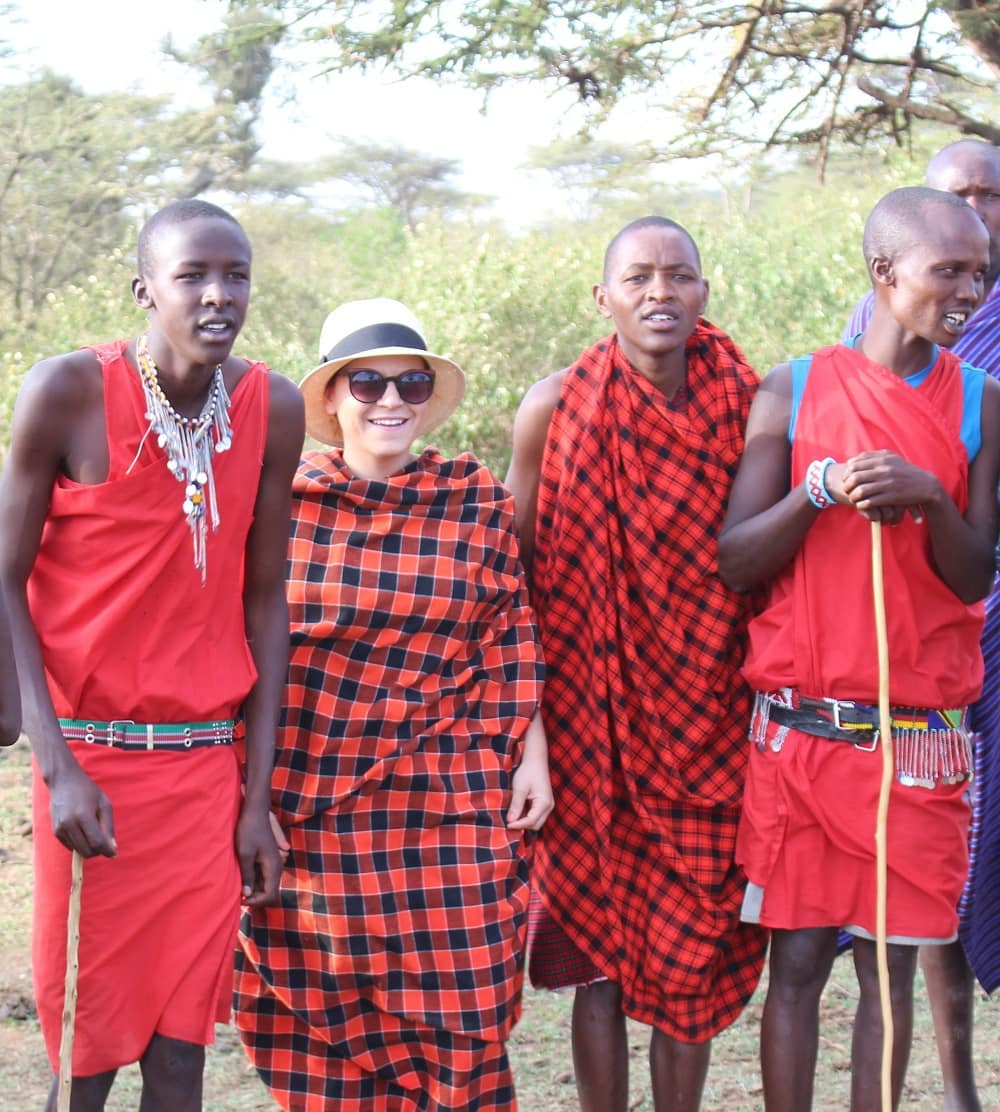
[highlight]EMURATARE[/highlight] The circumcision ceremony or Emuratare marks the passage to adulthood. Both men and women are included in this tradition. Although, facing changes over the years, the many young Maasai women no longer undergo through circumcision and in the village I visited it’s not allowed.
Young boys undergo circumcision without anaesthetic and can’t show pain because to do so would be a sign of weakness. After this, when they are healing they wear black clothes.
[highlight]KILLING A LION[/highlight] Kill a lion is a ritual of passage considered very important in the Maasai culture, meaning that the young boy is ready to be and adult and also shows bravery.
This practice has been abandoned, at least in the tribe that I visited, because of increase concerns about the lion populations. Hunting any wildlife has been banned in East Africa, so nowadays even when lions attack the cattle they can get compensation from the government instead of killing the lion.
[highlight]ADUMU[/highlight] The traditional jumping dance from the Maasai warriors is performed as initiation as a warrior. They form a circle and one by one go into the middle jumping high as they can while others sing and clap on the background.
The higher the jumps the better warrior they will be and also pay less for the bride they choose.
THE FUTURE
With years of change, many introduced by local governments, the Maasai tribes face uncertainty.
A lot of projects are in practice nowadays in order to help them educate the children at the same time that they keep their traditions. They have also learned how to use their traditions in their own benefit by allowing tourists and others into their communities.
*
Have you ever visited a tribe? How did you feel? Would love to hear your experiences!
📌 PIN ME!
[row-b custom_class=””][col-md-6] [/col-md-6][col-md-6]
[/col-md-6][col-md-6]  [/col-md-6][/row-b]
[/col-md-6][/row-b]

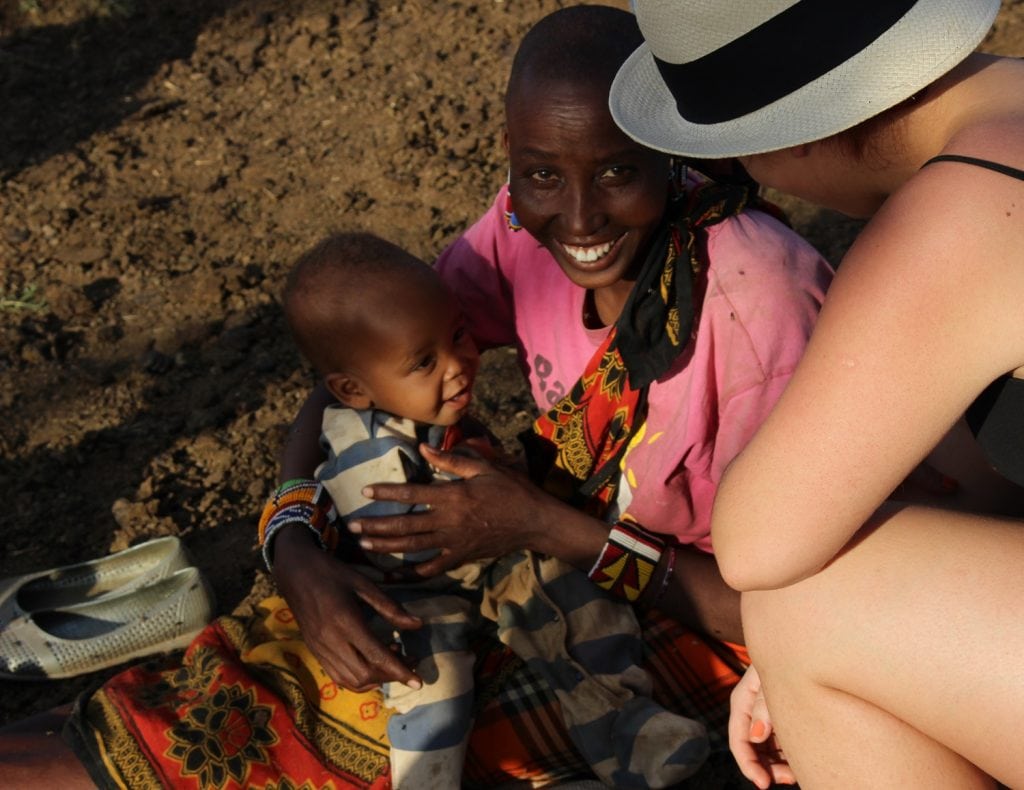

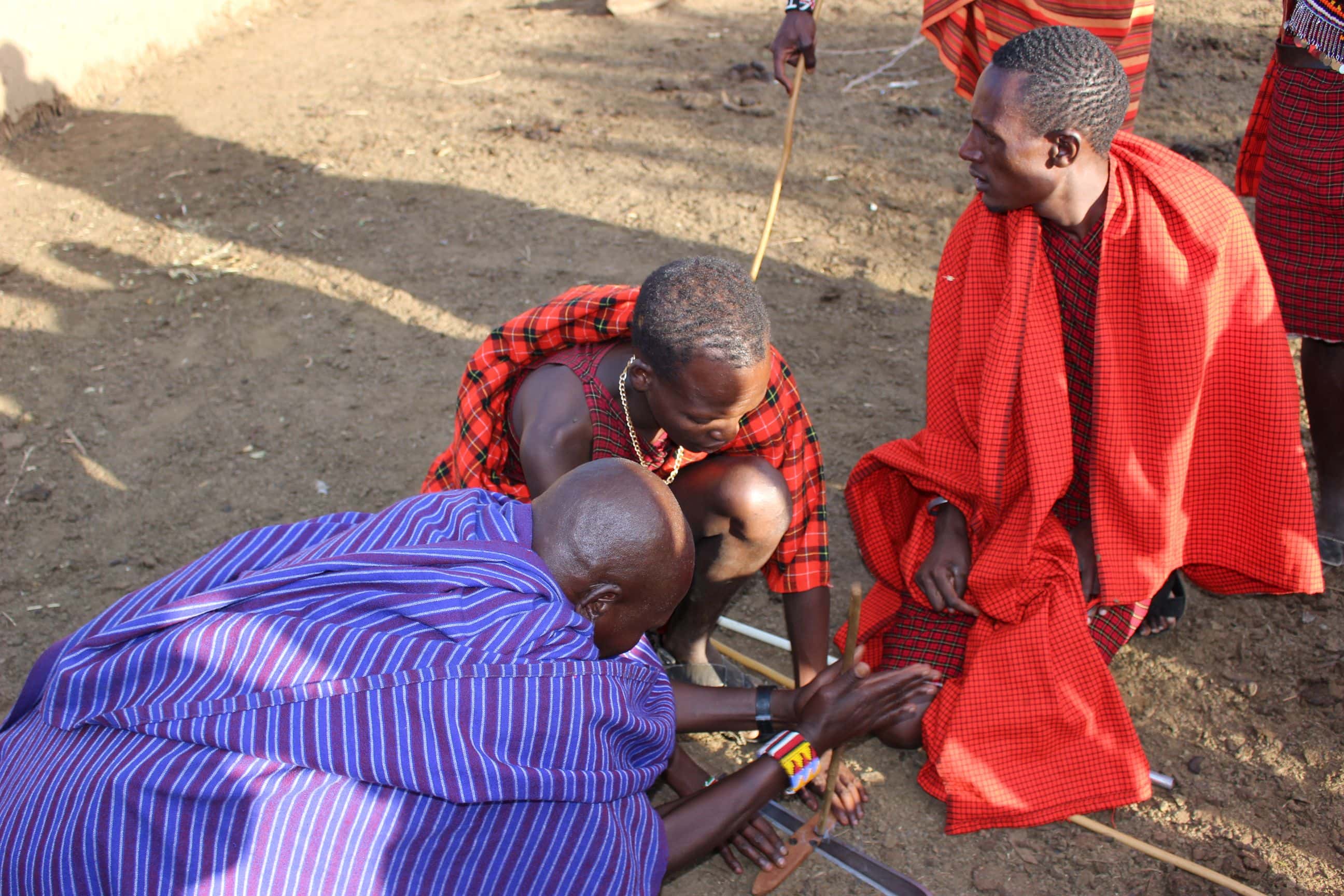
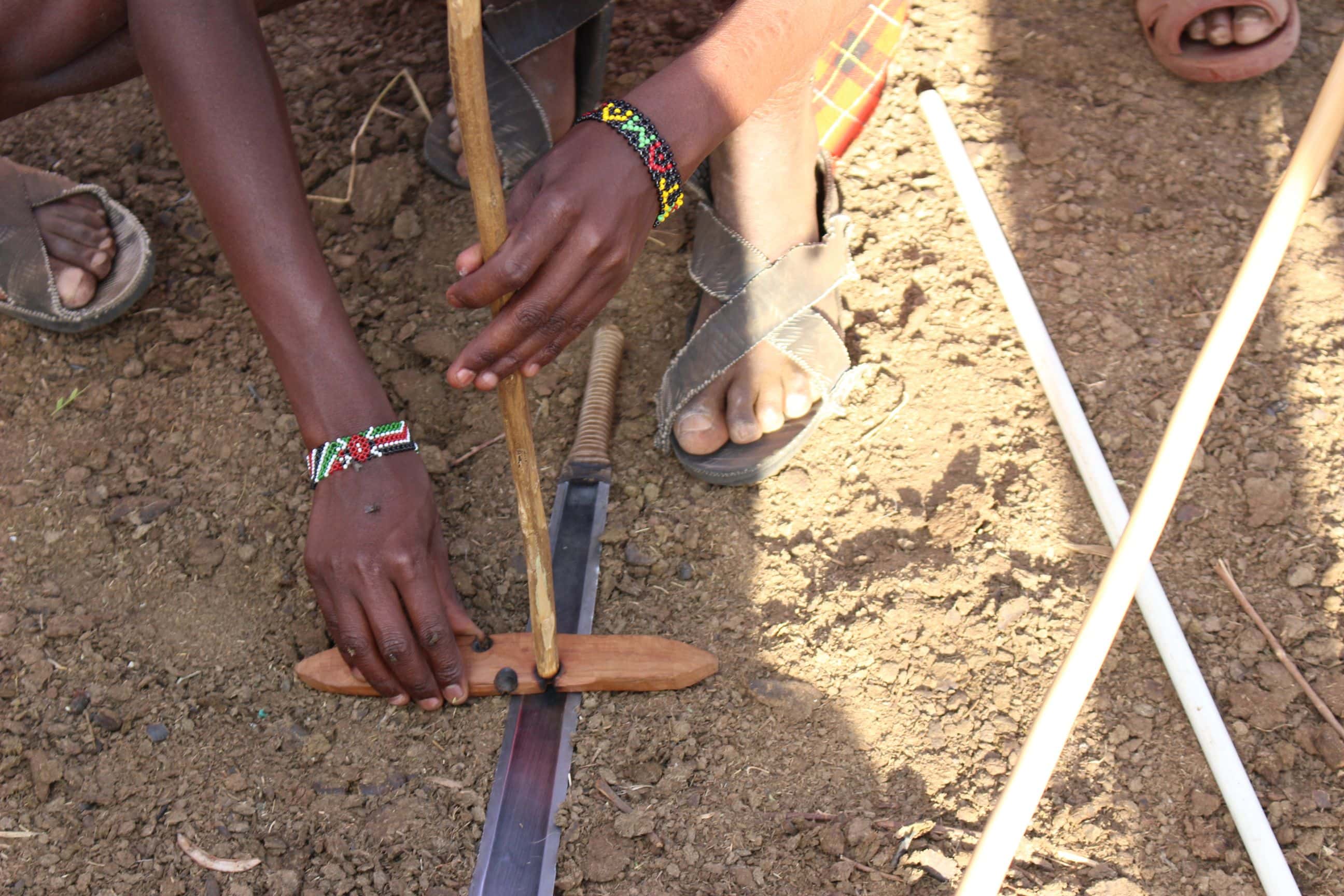
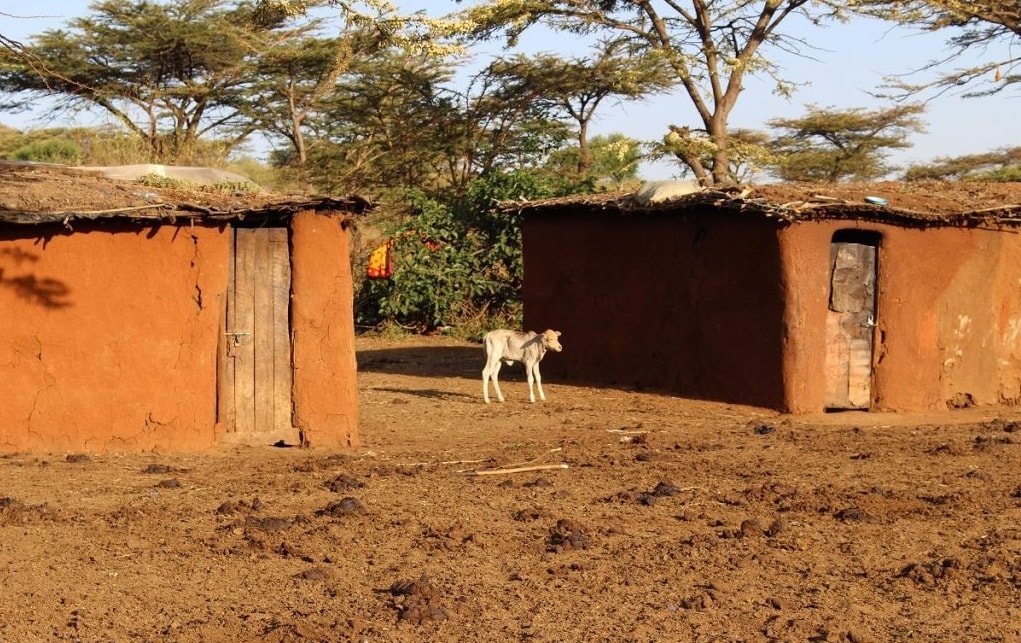
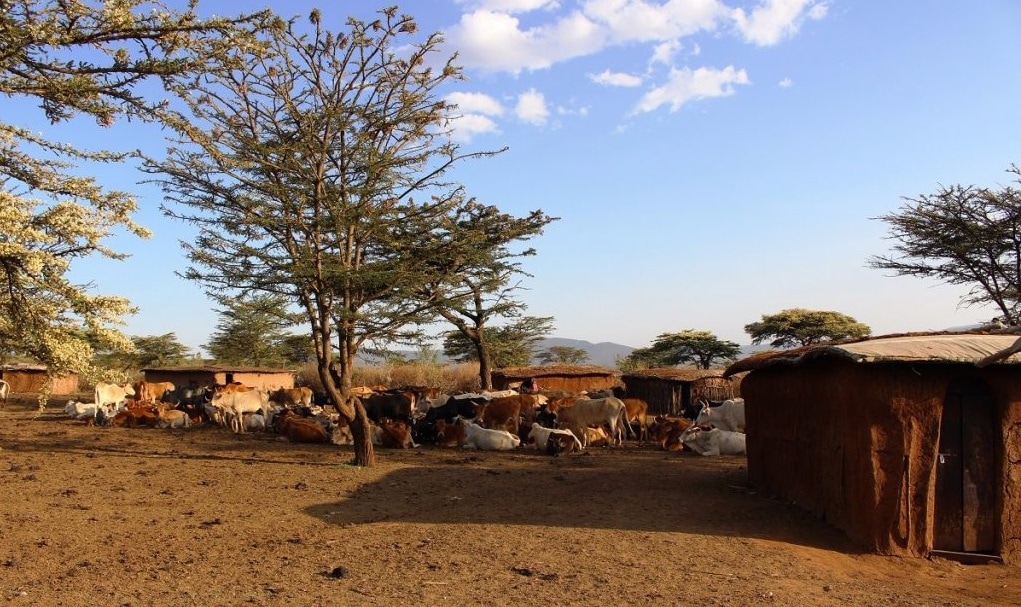
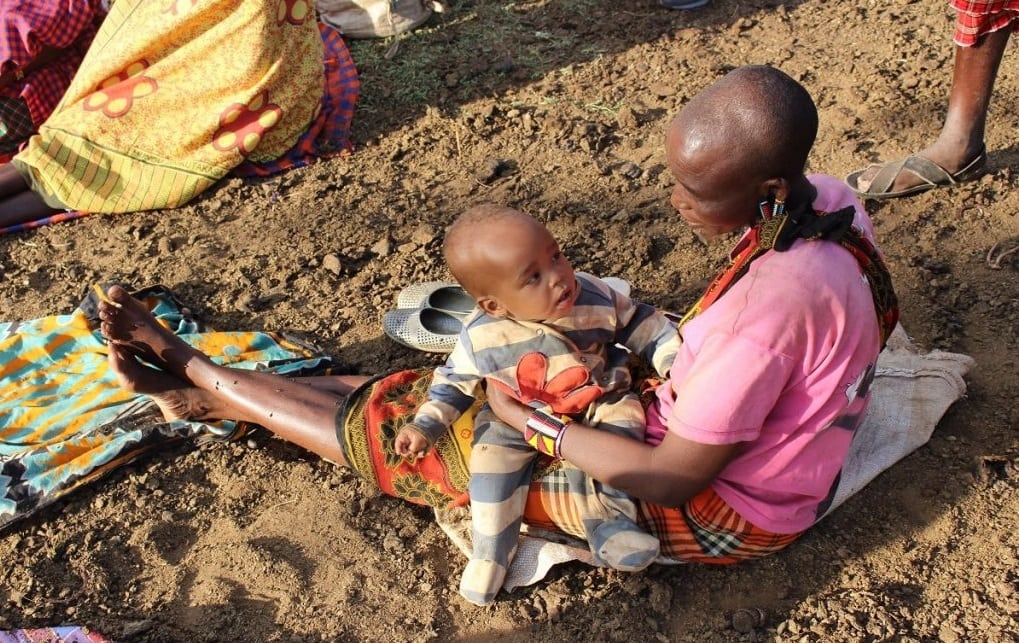
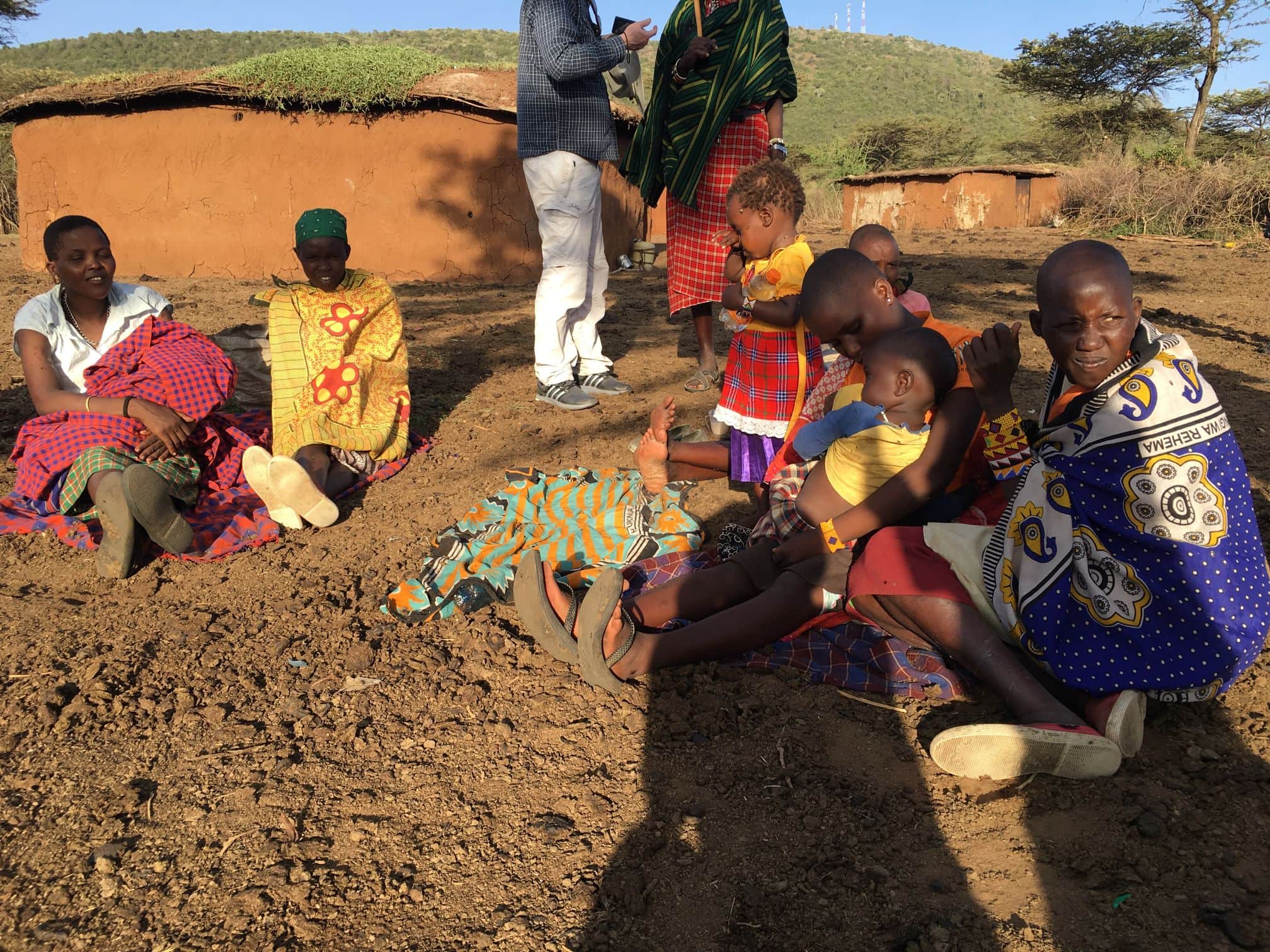
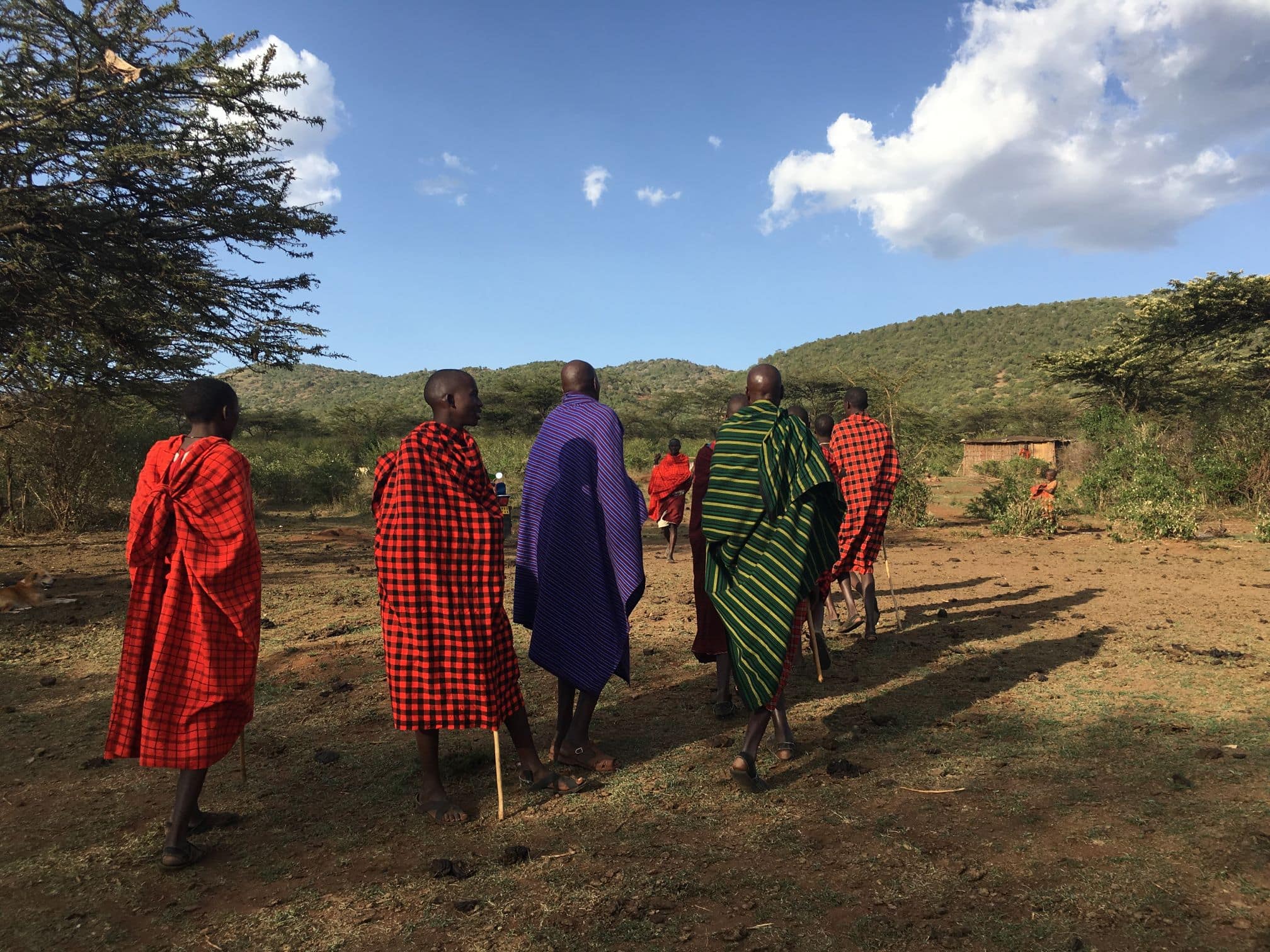
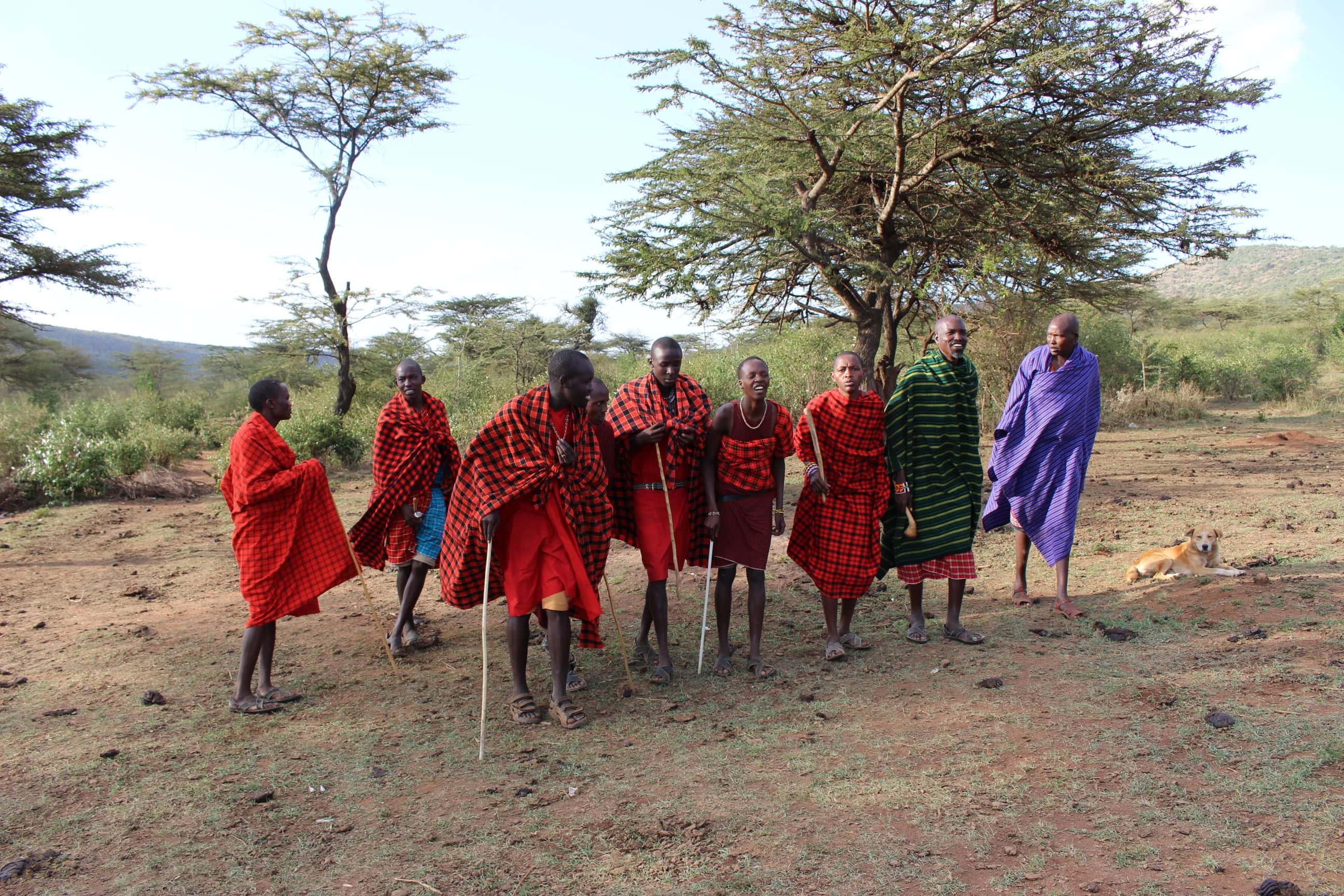
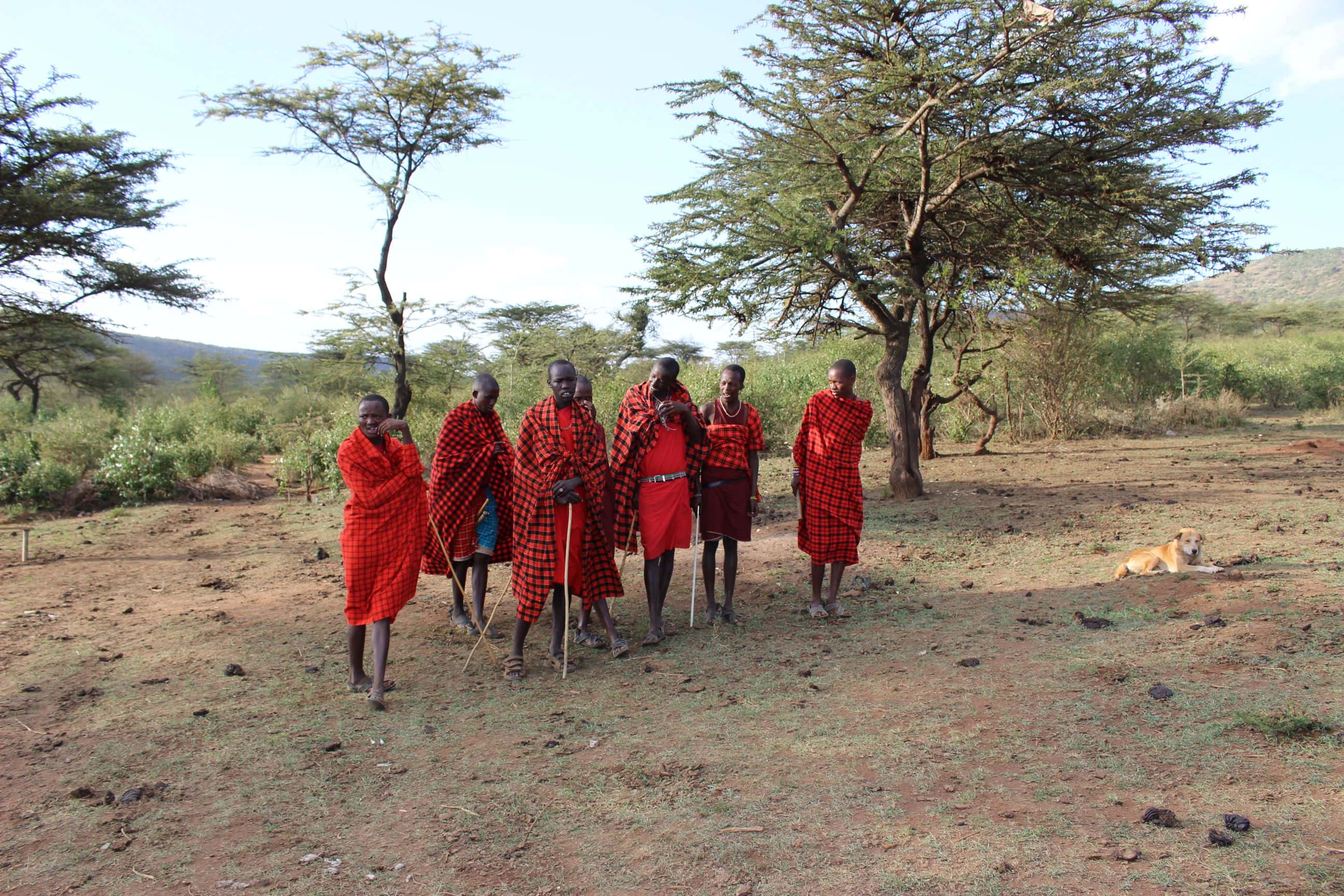

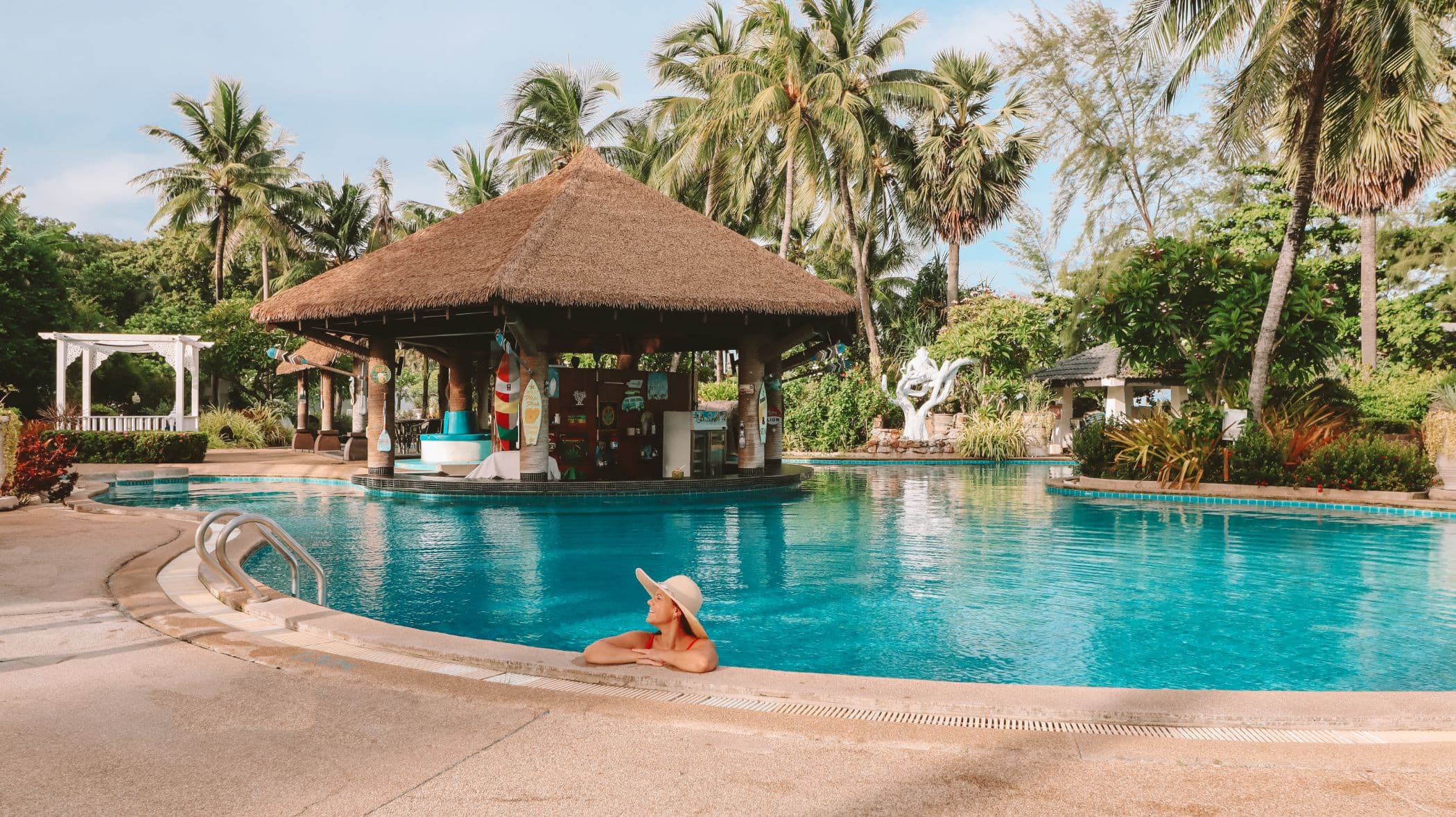
I would love to do this and visit this tribe of people , can you tell me how I can do this when I arrive in Nairobi ?
Author
Hi, you can travel to Maasai Mara from Nairobi by plane, mini bus shared with other people or private car and once there you can visit some of these tribes!